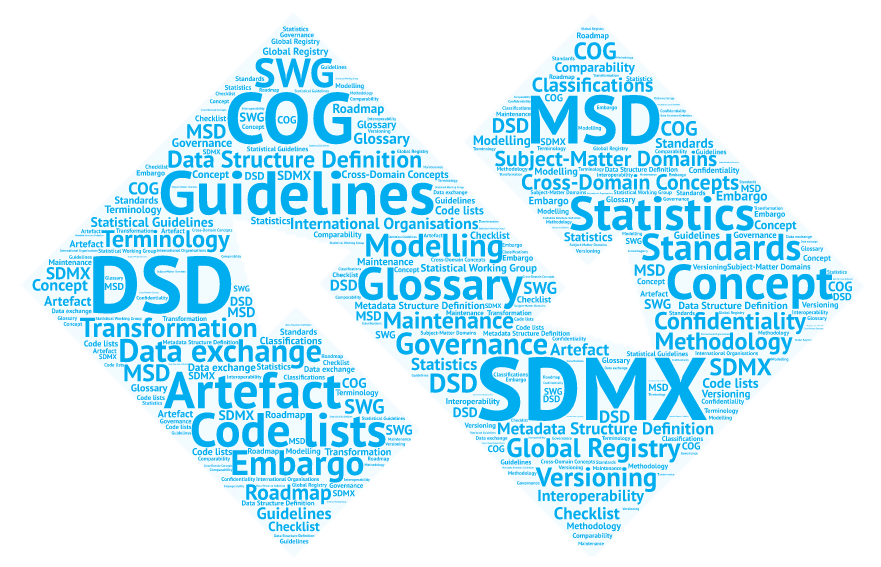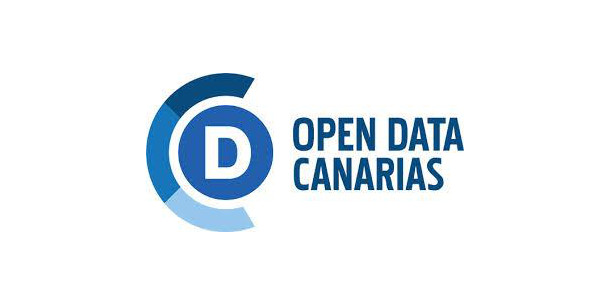
The Canary Islands Statistics Institute (ISTAC) has added more than 500 semantic assets and more than 2100 statistical cubes to its catalogue.
This vast amount of information represents decades of work by the ISTAC in standardisation and adaptation to leading international standards, enabling better sharing of data and metadata between national and international information producers and consumers.
The increase in datasets not only quantitatively improves the directory at datos.canarias.es and datos.gob.es, but also broadens the uses it offers due to the type of information added.
New semantic assets
Semantic resources, unlike statistical resources, do not present measurable numerical data , such as unemployment data or GDP, but provide homogeneity and reproducibility.
These assets represent a step forward in interoperability, as provided for both at national level with the National Interoperability Scheme ( Article 10, semantic assets) and at European level with the European Interoperability Framework (Article 3.4, semantic interoperability). Both documents outline the need and value of using common resources for information exchange, a maxim that is being pursued at implementing in a transversal way in the Canary Islands Government. These semantic assets are already being used in the forms of the electronic headquarters and it is expected that in the future they will be the semantic assets used by the entire Canary Islands Government.
Specifically in this data load there are 4 types of semantic assets:
- Classifications (408 loaded): Lists of codes that are used to represent the concepts associated with variables or categories that are part of standardised datasets, such as the National Classification of Economic Activities (CNAE), country classifications such as M49, or gender and age classifications.
- Concept outlines (115 uploaded): Concepts are the definitions of the variables into which the data are disaggregated and which are finally represented by one or more classifications. They can be cross-sectional such as "Age", "Place of birth" and "Business activity" or specific to each statistical operation such as "Type of household chores" or "Consumer confidence index".
- Topic outlines (2 uploaded): They incorporate lists of topics that may correspond to the thematic classification of statistical operations or to the INSPIRE topic register.
- Schemes of organisations (6 uploaded): This includes outlines of entities such as organisational units, universities, maintaining agencies or data providers.
All these types of resources are part of the international SDMX (Statistical Data and Metadata Exchange) standard, which is used for the exchange of statistical data and metadata. The SDMX provides a common format and structure to facilitate interoperability between different organisations producing, publishing and using statistical data.

The Canary Islands Statistics Institute (ISTAC) has added more than 500 semantic assets and more than 2100 statistical cubes to its catalogue.
This vast amount of information represents decades of work by the ISTAC in standardisation and adaptation to leading international standards, enabling better sharing of data and metadata between national and international information producers and consumers.
The increase in datasets not only quantitatively improves the directory at datos.canarias.es and datos.gob.es, but also broadens the uses it offers due to the type of information added.
New semantic assets
Semantic resources, unlike statistical resources, do not present measurable numerical data , such as unemployment data or GDP, but provide homogeneity and reproducibility.
These assets represent a step forward in interoperability, as provided for both at national level with the National Interoperability Scheme ( Article 10, semantic assets) and at European level with the European Interoperability Framework (Article 3.4, semantic interoperability). Both documents outline the need and value of using common resources for information exchange, a maxim that is being pursued at implementing in a transversal way in the Canary Islands Government. These semantic assets are already being used in the forms of the electronic headquarters and it is expected that in the future they will be the semantic assets used by the entire Canary Islands Government.
Specifically in this data load there are 4 types of semantic assets:
- Classifications (408 loaded): Lists of codes that are used to represent the concepts associated with variables or categories that are part of standardised datasets, such as the National Classification of Economic Activities (CNAE), country classifications such as M49, or gender and age classifications.
- Concept outlines (115 uploaded): Concepts are the definitions of the variables into which the data are disaggregated and which are finally represented by one or more classifications. They can be cross-sectional such as "Age", "Place of birth" and "Business activity" or specific to each statistical operation such as "Type of household chores" or "Consumer confidence index".
- Topic outlines (2 uploaded): They incorporate lists of topics that may correspond to the thematic classification of statistical operations or to the INSPIRE topic register.
- Schemes of organisations (6 uploaded): This includes outlines of entities such as organisational units, universities, maintaining agencies or data providers.
All these types of resources are part of the international SDMX (Statistical Data and Metadata Exchange) standard, which is used for the exchange of statistical data and metadata. The SDMX provides a common format and structure to facilitate interoperability between different organisations producing, publishing and using statistical data.

